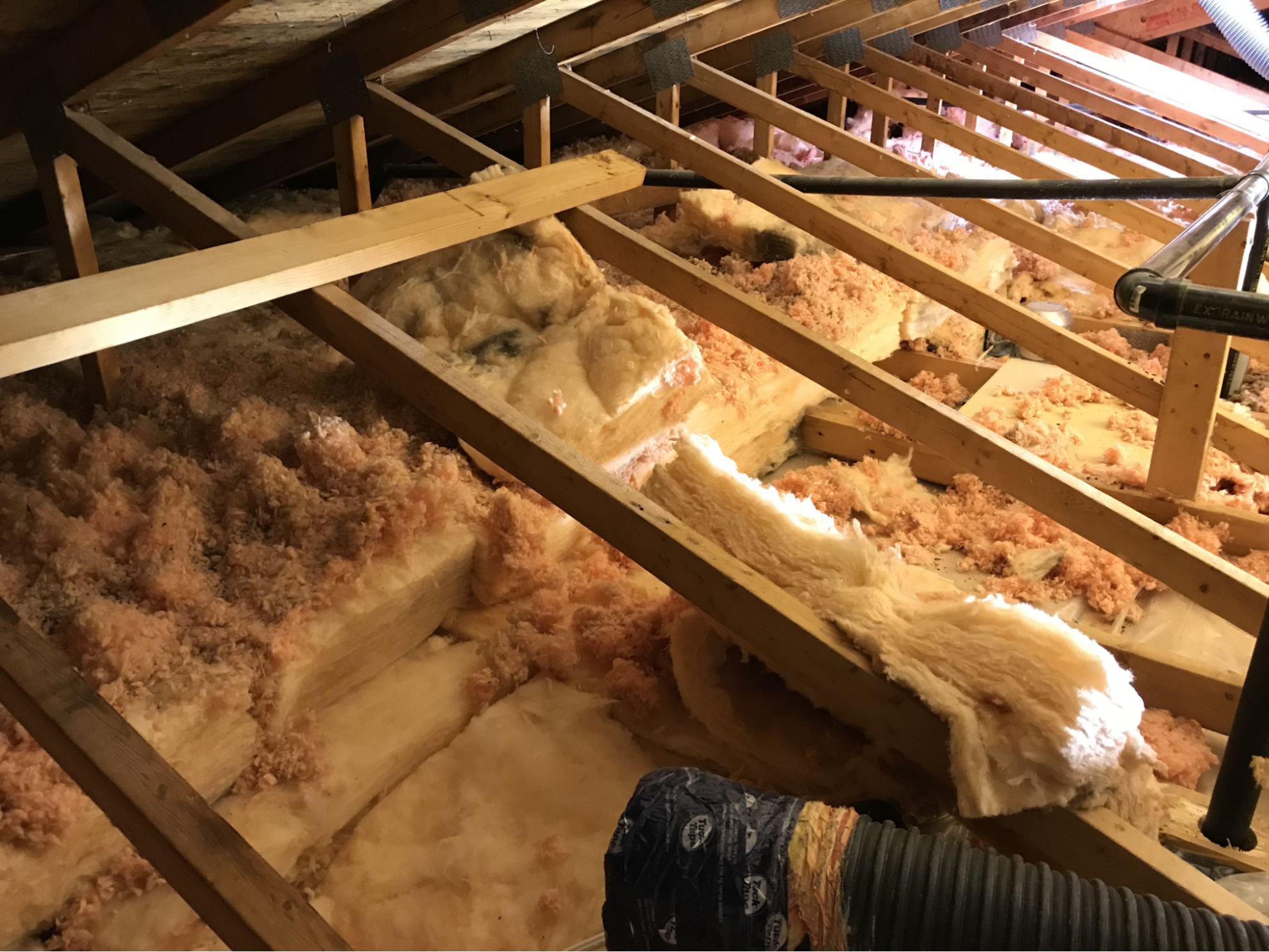Old or damaged insulation can compromise your home’s energy efficiency, air quality, and overall comfort. Removing outdated insulation is an important step in improving indoor conditions, but it requires careful handling to avoid exposure to contaminants such as mold, dust, and rodent waste. Professional insulation removal ensures the process is completed safely and efficiently, minimizing risks while preparing your home for new, high-performance insulation.
Insulation plays a crucial role in maintaining indoor temperatures and reducing energy costs. Over time, insulation deteriorates due to moisture, pests, or general wear and tear. When this happens, it no longer provides effective thermal resistance, leading to increased energy bills and poor air quality. Professional removal eliminates degraded materials and prepares the space for new insulation, restoring efficiency and comfort.
Old insulation can contain harmful materials such as asbestos, fiberglass particles, or contaminants from pest infestations. Professional removal teams use specialized equipment and safety protocols to prevent exposure, properly sealing and disposing of hazardous materials in compliance with environmental regulations.
Removing insulation without proper techniques can damage walls, ceilings, and framing. Professionals use industry-approved methods to extract insulation without affecting the structural integrity of the home.
Degraded insulation can release airborne particles that contribute to respiratory issues. Professional services use high-efficiency vacuum systems and air filtration techniques to prevent contaminants from spreading during removal.
Proper insulation removal is a necessary step before upgrading to high-efficiency materials. Professionals ensure that surfaces are clean and moisture-free, preventing future issues like mold growth and energy loss.
A professional team first inspects the insulation to determine its condition, identify contamination, and assess the safest removal method. This step ensures proper planning and minimizes risks.
Before removal begins, experts set up containment barriers to prevent dust and debris from spreading. Workers wear protective gear and use sealed disposal bags to handle waste safely.
Using industrial-grade vacuums and insulation removal machines, professionals extract insulation from attics, walls, and crawl spaces. These systems efficiently remove loose-fill, batt, and spray foam insulation without releasing harmful particles into the air.
After insulation is removed, professionals conduct a thorough cleanup to eliminate residual dust, mold spores, and debris. The space is then prepared for new insulation installation, ensuring optimal efficiency and longevity.
After old insulation is removed, homeowners have various options for replacement:
Consulting with professionals ensures that the best insulation type is selected based on climate, home structure, and budget.
Proper insulation removal requires expertise, specialized equipment, and attention to detail. Working with a trusted provider ensures that the job is done efficiently, safely, and in compliance with industry standards. If your home needs insulation removal and replacement, contact Nevada Urethane at (775) 500-0024 or email [email protected] for expert guidance.
If you notice increased energy bills, moisture damage, pest infestations, or respiratory issues, it may be time to remove and replace insulation.
DIY removal can expose you to health hazards such as fiberglass particles, mold spores, and contaminants. Professional removal ensures safety and proper disposal.
The duration depends on the size of the space and the condition of the insulation. Most projects take one to three days.
Old insulation may contain asbestos, mold, dust, and rodent waste, all of which can affect indoor air quality and health.
Costs vary based on the type of insulation, labor, and disposal requirements. Contact a professional for an accurate estimate.
In most cases, removal is recommended to prevent mold, pest problems, and inefficiency in new insulation performance.
Yes, replacing old or damaged insulation helps regulate indoor temperatures and reduces energy costs.
Yes, reputable services inspect for mold and address any contamination before installing new insulation.
The best insulation depends on your home’s needs. Options include spray foam, blown-in cellulose, and fiberglass batts.
Contact Nevada Urethane at (775) 500-0024 or email [email protected] to book an inspection and get a quote.
